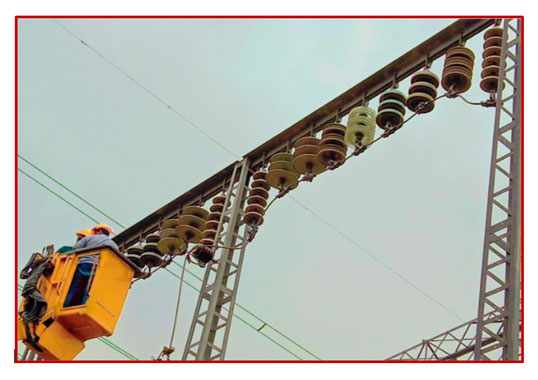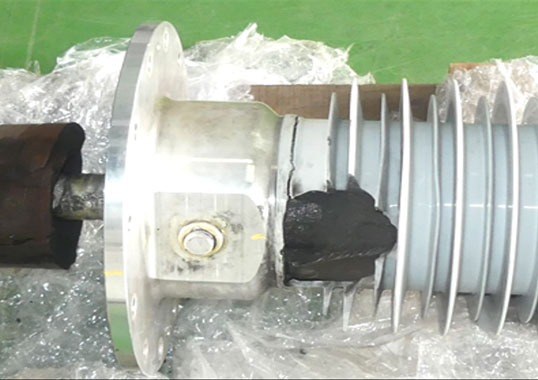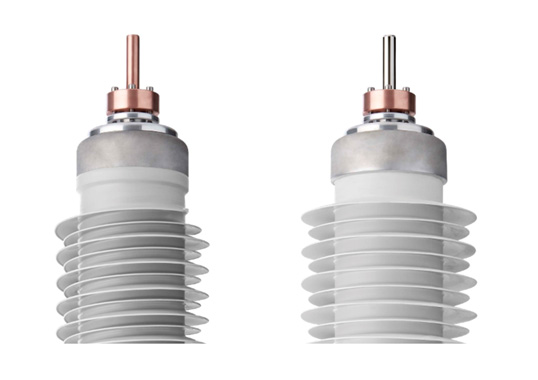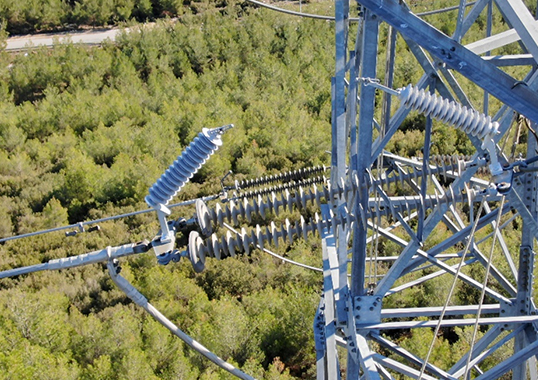Asset Replacement Strategies in Ageing Grids: Periodic Maintenance vs Condition Based by Dr. Robert Ross.
In the 19th century, power supply began as separate installations and the first multi-client grids appeared by the early 1880s. By the 20th century, however, electricity grids in Europe and elsewhere had become state-owned and were regarded as a public service at almost whatever cost required. These grids tended to be overdesigned, over-serviced and often deployed in a national context. By the end of the 1990s, in addition to reliability, demand for cost-efficiency became a priority. Components and connections in a grid must meet the requirements of power supply but, since most assets wear due to mechanisms driven by temperature, electro-magnetic field, mechanical forces and ambient conditions, preventive and corrective maintenance actions are necessary. Ultimately replacement will be required. Costs, human resources, materials as well as planned outages together form efforts and risks for utilities. Not undertaking efforts also contributes to risk. As such, maintenance requires due consideration. This presentation discusses alternative maintenance strategies as well as which conditions favour which approach. It leans on statistical techniques but, even when data is lacking, these principles still apply and can be used in planning to repair or replace assets.









